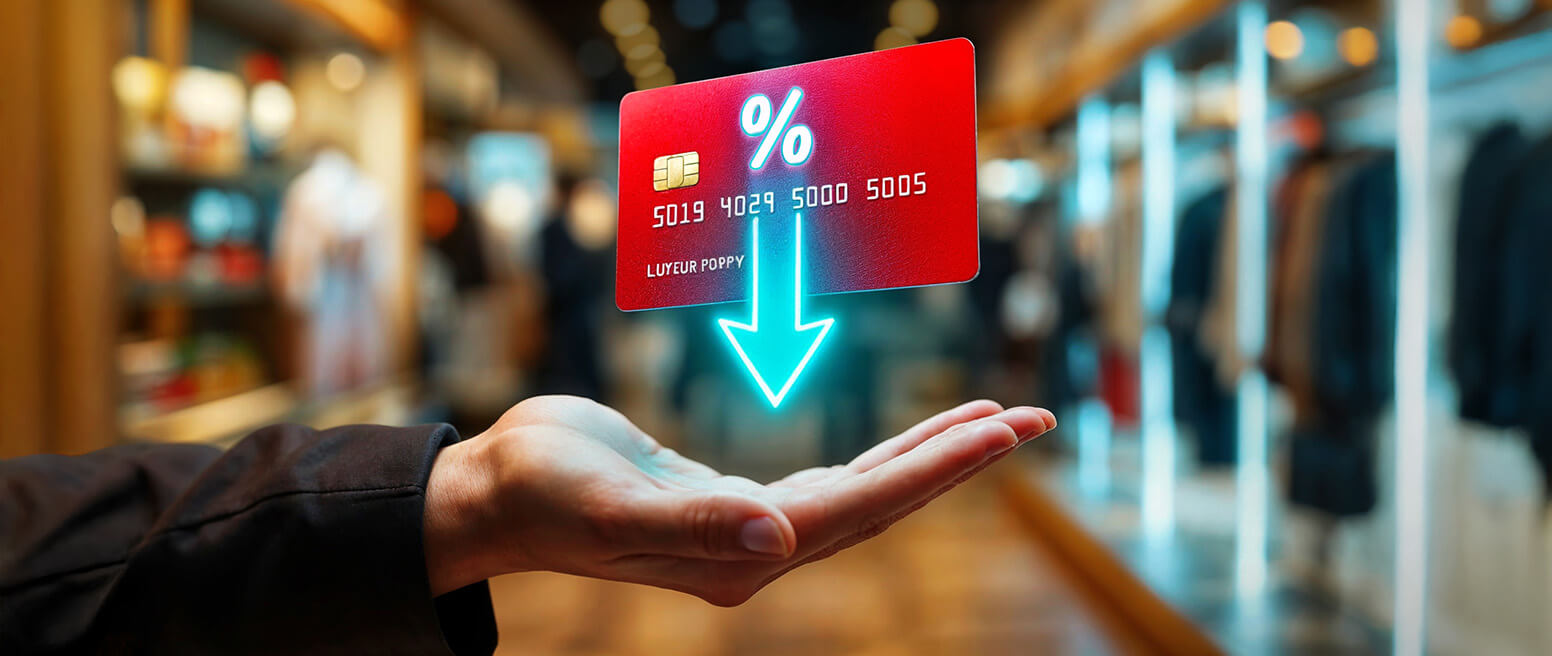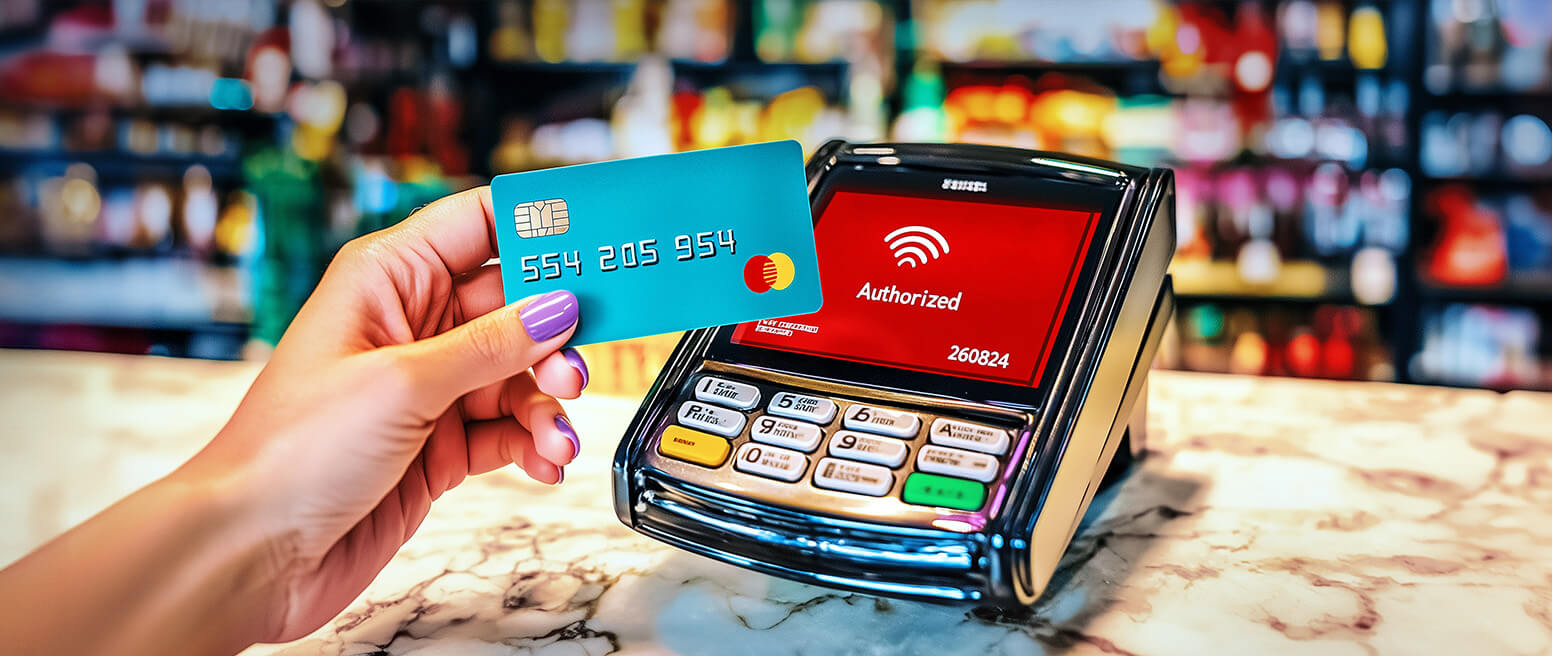How & When to Make a Code 10 Authorization Request
Calling for a “Code 10 authorization” sounds somewhat dramatic. In reality, it’s a subtle, yet powerful tool to help protect you from credit card fraud. It allows you to alert the card issuer of suspicious activity, but also helps verify the legitimacy of the card in question.
The Code 10 procedure works in both card-present and card-not-present situations. Due to its seemingly innocuous nature, however, it is more often used in card-present scenarios, when the buyer is physically near the merchant and can listen in.
In this post, we’ll cover when—and why—you should make a Code 10 call for a fake authorization code. We’ll also examine what to expect when you make that call.
What Is Code 10 Authorization?
There is an ever-growing risk of fraud facing you as a merchant from card-not-present transactions. This is due to emerging technologies and the increasing popularity of eCommerce. But, even in card-present transactions, you’re not immune to unauthorized payment card use.
You can make a Code 10 call in response to an attempted credit card transaction that you suspect may be fraud. The call connects you to an authorized agent who will immediately investigate the situation, confirming or denying your suspicions.
Code 10 Authorization Calls Can’t Help You Prevent All Chargebacks.
You need exclusive tactics, custom deployment, and a long-term plan. Click to learn how we can help.

What makes a Code 10 call unique is that it is designed to be performed in close proximity to the customer, but without raising the customer’s suspicions. Requesting a “Code 10 Authorization” sounds like you are legitimately trying to gain acceptance for the order. The yes-or-no questions asked by the bank representative mean your answers won’t tip off the potential fraudster.
If the verbal authorization request reveals fraud, you can act accordingly. When possible, it’s best to deny the transaction and retain possession of the merchandise and the card. Otherwise, you may have to forfeit the merchandise, void the transaction later, and take legal action.
It’s important to that you act on your suspicions in these cases. Failing to do so allows the fraudster to continue using the lost or stolen credit cards. This will lead to future chargebacks filed by the actual cardholder.
What situations are considered suspicious enough to warrant a Code 10 credit card call, though?
When to Make an Authorization Request
There are certain, specific situations in which you should perform a Code 10 authorization request. These include:
| Situation | Description |
| The transaction seems suspicious. | You have the right to perform a Code 10 call if you feel uneasy about the transaction. This could due to the purchase of multiple high-ticket or seemingly random items, or buying items that can easily be exchanged for cash, such as cigarettes or gift cards. |
| The customer exhibits suspicious behavior. | Suspicious actions may include:
|
| The security features on the card are missing or altered. | Check to see if any of the security features on the card (such as holographic images, the magnetic stripe or chip, or the embossed card number) are missing or altered. Specifically on gift cards, ensure the card number has not been covered with a different code. |
| The authorization response is “Call,” “Call Auth,” or “Call Center.” | This simply indicates the bank would like you to call and provide more information about the transaction. The response may or may not be related to fraud. |
| The authorization response is “Pick Up Card.” | This typically means the card has been reported lost or stolen, or the account associated with the card has been closed. The card issuer may want the card taken out of circulation, which you may do if the situation is safe. |
| The authorization response says “No Match.” | A “No Match” may be an equipment or transmission error. Swipe the card again and re-enter the last four digits. If the same response appears, perform a Code 10 authorization to verify the legitimacy of the card. |
None of these situations inherently mean that the attempted transaction is fraudulent. In some cases, it will be up to you to decide whether to go through with the transaction.
Code 10 Authorization Request Procedure
Knowing when it is appropriate to make an authorization request is only half the battle for a vigilant business owner. Knowing how to perform a Code 10 call is also important. If it is necessary to make a Code 10 call, follow the steps below to process the transaction quickly and safely:
- Do not panic. Politely inform the customer that you must make a phone call to authorize the card before the transaction can be processed.
- Keep the card for the duration of the call, unless the customer attempts to take it. If this happens, do not proceed with the transaction.
- Call the voice authorization center at your acquiring bank. It is a good idea to have this number available near the payment processing terminal.
- Never allow a potential fraudster to call their bank or use the number on the back of the credit card.
- As soon as the phone is answered, inform the authorization center representative that you have a Code 10 authorization request.
- The representative will ask for details about the merchant and transaction in question.
- The call will then be transferred to an operator in the card issuer’s authorization department.
- The operator will ask a series of yes and no questions to determine the nature of the call and why you are suspicious of fraud. Answer all questions in a normal tone of voice.
Follow the operator’s instructions. Depending on the authorization given, you may:
- be allowed to process the transaction using an authorization code provided by the operator.
- decline the transaction and ask for another form of payment.
- be asked to retain possession of the card.
No matter what the response, it is not your responsibility to secure the customer’s card. If the Code 10 response indicates you need to keep the card, you should attempt to do so if you feel it is safe. Otherwise, allow the customer to keep the card and/or the merchandise, then immediately inform the issuer and local authorities.
Code 10 Authorizations as Part of Chargeback Prevention
Code 10 authorization requests should not be a daily activity for you. Still, knowing how to make this type of authorization request when the time arises can mean the difference between unnecessary chargebacks and increased profitability.
Remember, having an authorization code does not automatically guarantee that a transaction will not be disputed later. It also does not guarantee you against an “unauthorized transaction” dispute. Correctly using Code 10 authorization request to validate a card before the transaction is complete can stop a bad sale from going forward.
That said, the system is only one small element of a comprehensive chargeback management strategy. Preventing customer disputes and recovering revenue lost to chargebacks typically requires a lot of work. The good news: we can help.
Our end-to-end service platform will help stop chargebacks, win more reversals, and maximize your ROI. For more information, contact Chargebacks911® today.
FAQs
What is a Code 10 Authorization request?
A code 10 authorization request is a process you can use to verify payment card information before completing a suspicious transaction. A Code 10 call will simultaneously alert the card issuer of a potentially fraudulent transaction.
How can I get a bank authorization code?
If you need to contact the bank for a code 10 request, the number to contact should be communicated to you as part of the initial authorization response.
When should I make a Code 10 call?
Make a Code 10 request any time the details around a transaction seem unusual. This could include suspicious behavior on the part of the customer, seemingly odd purchases or a payment card that appears to have been altered. Also, make the call anytime the regular authorization request returns “Call Auth” or “Pick Up Card.”
What if I’m told to retain the credit card but the customer argues?
Ultimately it is not your responsibility to procure the customer’s card. If instructed, you may attempt to do so if you feel it is safe. Otherwise, allow the customer to keep the card, then immediately inform the issuer and local authorities.












